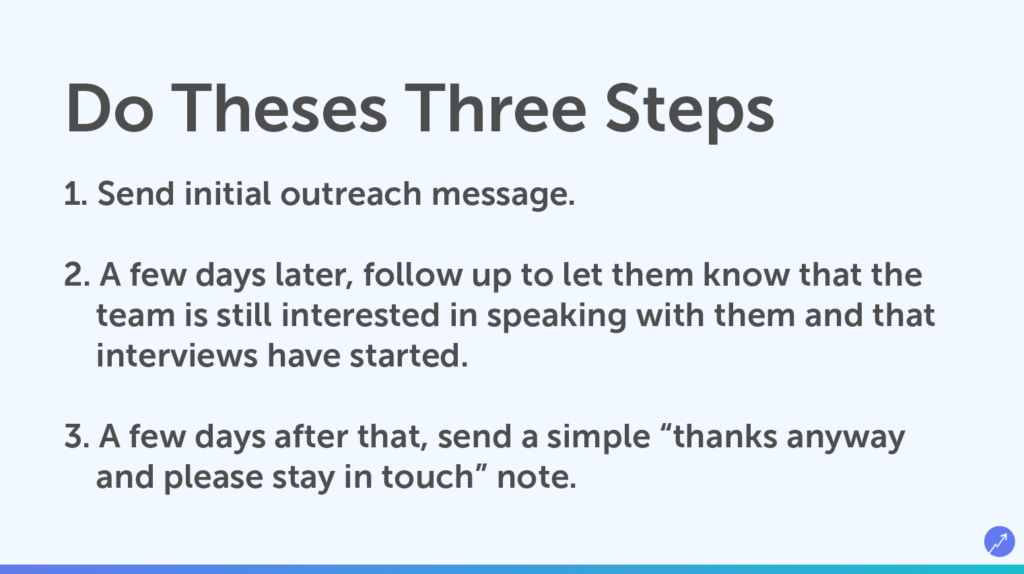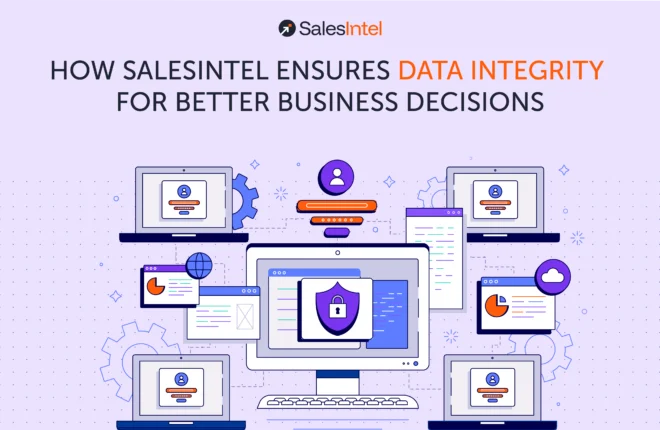Attracting top-quality candidates is the biggest challenge for recruiters and HR managers today. Oftentimes, this is due to not having a well-defined recruitment strategy. As a result, many companies end up with bad hiring that costs a lot to a business.
If your process is not yielding the expected results, here are 9 reasons why your recruitment strategy is failing.
1. Not Defining Your Target Audience
Defining your target audience is a crucial first step recruiters often miss out on in order to fill a position as soon as possible. Sometimes, it’s over-eagerness and sometimes the situation demands they act swiftly, without giving them time to properly define their audience.
Recruiters are often left with little time to define their ideal target audience for a position. As a result, the initial recruitment messaging becomes totally off-target, leaving less engagement and making the recruitment process more difficult.
Recruiters need to make efforts initially to define their audience and work with department managers to draft a message with the appropriate words that appeal to the target audience.
Make sure the job description is clear and concise, make a concerted effort to work with hiring managers and ensure the job description is current, ensure it has the appropriate language to attract relevant candidates, and double-check that it motivates candidates to actually apply.
2. Failure to Identify Selling Points
Hiring a candidate is more than just offering good pay. You cannot use CTC as your only selling point. Today’s candidates are smart and give importance to all the other benefits a company can offer. Employers have started taking note of it. A recent study shows that.
- 31% of employers say they will give employees different discounts
- 25% will offer the work from home facility
- 22% will allow extra paid time off
- 21% of employers will grant a sign-on bonus when recruiting candidates
You need to have a candidate persona in mind and identify the selling point. Use the selling point smartly at different stages of your recruitment process that includes the initial job description, the screening process, every interview stage, and the offer.
3. Reaching to Candidates Without Looking at Their Profile First
When recruiters are in a hurry, they often make some key mistakes. Sometimes, they overreach on low-quality candidates who qualify for a 0-2 years criteria position and tell them that they are the right fit for the company.
Sometimes, they copy 50 candidates in the same email and try to convince them how special they are. Instead of reaching out to hundreds of candidates at one time, it is better to find 20 perfect-fit candidates and reach out to them.
SalesIntel provides you a B2B recruiting database that allows you to filter the right fit, view contact information as well as their professional details such as technologies they work on, experience, etc. This makes it easy to pitch candidates with selling points based on data, and reach candidates with a more specific approach.
4. Recruitment Process
While A.I. is helping recruiters optimize the recruitment process, it is important to go through it monthly or quarterly.
Candidates often face errors while applying, like failed application submissions, difficult-to-find career page links, overly-long applications,and little candidate communication or engagement.
Unreliable recruitment processes often lead to bad hiring. The process should be intuitive, not overly complex.
5. Bombarding Candidates With Too Much Information
If you continuously bombard candidates with too much information, you risk having your outreach looks like an exercise in copy-and-paste. Candidates, like B2B clients, like to respond to emails that are personalized, short, and speak specifically to their interests. Remember that the goal of your initial outreach is to get the candidate to talk to you, not to sell the role. If you are selling too hard upfront assuming what they’re looking for and what matters to them, you risk dangling the wrong carrot.
With SalesIntel’s advanced contact and company data, recruiters are able to identify the right people at the right companies as well as keep the conversation short and to the point.
6. Relying Too Much on Job Boards
Although job boards are meant to ease the recruitment process, they have gotten a bad rap lately. While job boards are the first stop for college graduates, highly experienced talents often want recruiters to approach them.
LinkedIn shows that 89% of talent say that being contacted by their recruiter can make them accept a job offer faster. The RevDriver free chrome extension helps you get contact info as well as advanced information about candidates from their LinkedIn profiles.
Another reason why recruiters do not prefer job boards is due to the fact that those who upload their resume, then find a job soon after, rarely remember to remove it. As a result, recruiters often waste time and effort calling those candidates. For that reason, SalesIntel’s B2B recruitment database goes through a re-verification process every 90 days to ensure data accuracy.
7. Ghosting Candidates (even by mistake)
Ghosting candidates is the biggest recruiting fail. There are situations where recruiters stop responding to the candidate follow-ups (either intentionally or mistakenly). Many candidates complain that they don’t receive any feedback or updates from recruiters after or during the recruitment process.
To ensure no candidate feels ignored, take two hours once a week (consider Friday) to send every interviewee an update or feedback. Employer response time is what 69% of candidates would most like to see improved.
8. Making candidates jump through hoops
Some recruitment processes ask candidates to fill in their employment history even after sharing their resume. This kind of hoop-jumping exercise is annoying for applicants. To make the process as easy as possible for candidates, try to cut down these steps by asking for a resume alone and talk to them for more details. But whatever you do, always show up and try to be on time.
9. Follow-Ups
While some recruiters know the right time to follow up with candidates, many recruiters end up being pushy or passive-aggressive. Keep your follow-ups limited and respectful. Ideally, you should use a three-step process to stay on candidates’ radars without becoming a pest.
Send an initial email that’s targeted and personalized. Then, send a follow-up email conveying that you have interviews for the job role. If the candidate does not respond, send the final email thanking him and asking him to stay in touch in the future. This will save your time and filter the candidates in short order.
SalesIntel’s reliable contact data available allows you to create smarter strategic follow-up messages and get them straight to the right people through the right channels.
How SalesIntel Can Help?
If these recruiting fails to make you cringe, you’re not alone. These might go unnoticed but every bad hire will cost huge to the business. You might waste hours chasing the wrong candidates. With SalesIntel, you can screen for titles, roles, contact info, company data, technologies used, and organizational structure and ensure you’re always targeting your efforts at the right candidates. It is better to find a few right-fits for the role using the filters and approaching them directly through email will reduce the chances of bad hiring. If you are all set to take the right approach, schedule a quick free trial to see how it can boost your recruitment process!






